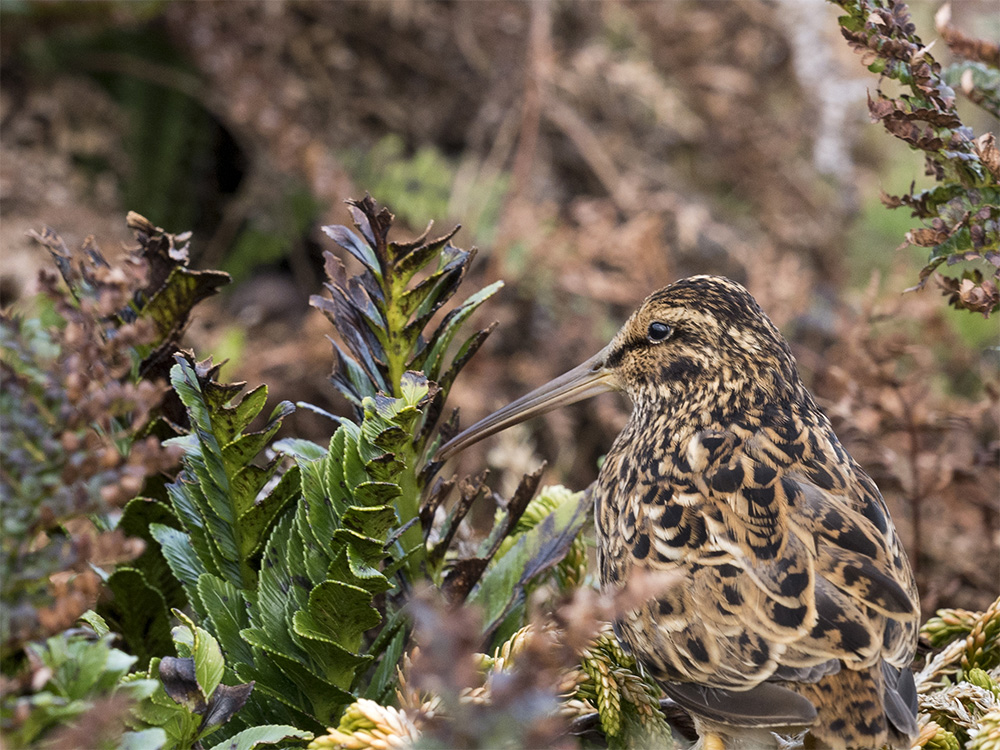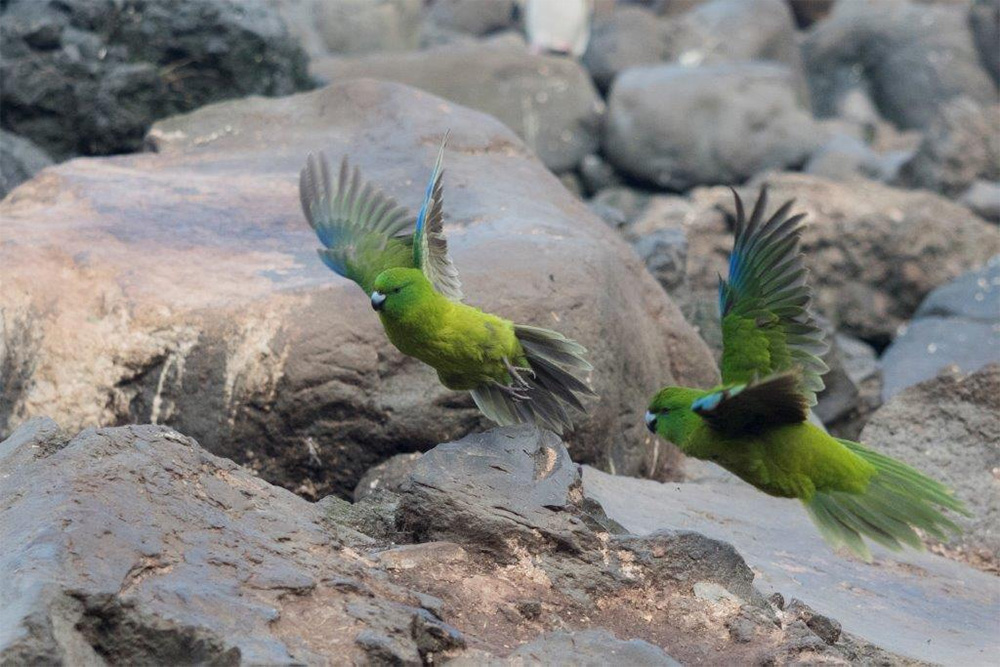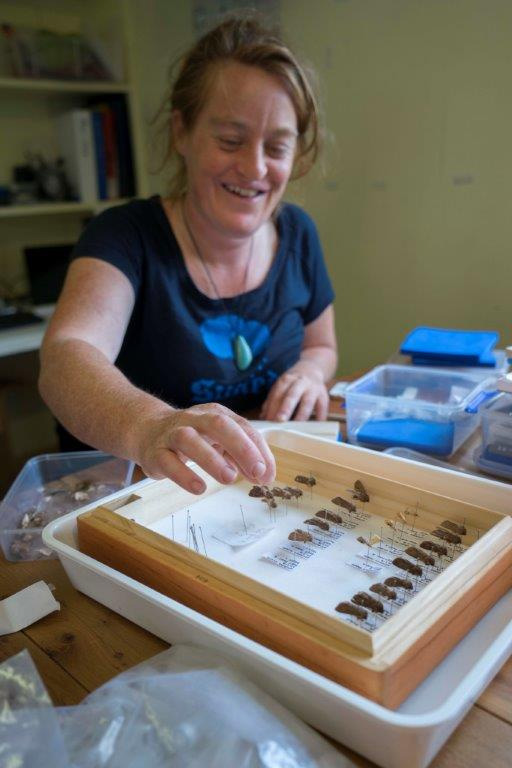December 4, 2024
The Ebiil Society: Champions of Palau
Ann Singeo, founder of our partner organization the Ebiil Society, shares her vision for a thriving Palau and a flourishing world of indigenous science!
We use cookies to help you navigate efficiently and perform certain functions. You will find detailed information about all cookies under each consent category below.
The cookies that are categorized as "Necessary" are stored on your browser as they are essential for enabling the basic functionalities of the site. ...
Necessary cookies are required to enable the basic features of this site, such as providing secure log-in or adjusting your consent preferences. These cookies do not store any personally identifiable data.
Functional cookies help perform certain functionalities like sharing the content of the website on social media platforms, collecting feedback, and other third-party features.
Analytical cookies are used to understand how visitors interact with the website. These cookies help provide information on metrics such as the number of visitors, bounce rate, traffic source, etc.
Performance cookies are used to understand and analyze the key performance indexes of the website which helps in delivering a better user experience for the visitors.
Advertisement cookies are used to provide visitors with customized advertisements based on the pages you visited previously and to analyze the effectiveness of the ad campaigns.
Looking to make an impact this Earth Month? Here’s how.

As we arrived at the Antipodes Islands on the HMNZS Wellington on the morning of the 20th February, three Subantarctic pipit landed on the deck of the vessel. This was exciting to see, and the team looked forward to getting ashore and starting the result monitoring for the mouse eradication and the outcome monitoring to determine any changes in avian and invertebrate diversity and numbers.

Monitoring of the four endemic/native terrestrial bird species has been done using two methods. Antipodes parakeet, Reischek’s parakeet and pipit (Antipodes subspecies) is monitored using distance sampling methodology. This entails slowly walking a transect, counting and measuring the distance from transect line using Range Finder. The transects are throughout the island in a variety of habitats from rocky coastline to high tussock lands on Mt Galloway. The cryptic and elusive Snipe (Antipodes subspecies) are being monitored using encounter rate methodology throughout the island by all members of the field team. It has been particularly exciting to see small fluffy snipe chick scuttling off through the ferns and megaherbs on our walks.

Entomologist Theo Van Noort has been monitoring invertebrates through pitfall trapping, hand collection and leaf litter sampling. And research technician Hayley Ricardo from Manaaki Whenua – Landcare Research has been trapping moths as part of the Ahi Pepe MothNet project. Data collected from both sets of invertebrate monitoring will be compared with results from monitoring conducted prior to baiting during the mouse eradication in winter 2016.

Previous studies comparing invertebrates on Antipodes Island and the pest-free islands of Bollons and Archway, 1.5 km to north, found significant impacts from mice on Antipodes (Russell, 2012; Marris, 2000). These impacts include two large beetle species, Loxomerus n. sp and Tormissus guanicola, being wiped out from Antipodes Island but they are still present on Bollons Island. A mysterious weta has also been seen on Bollons previously but has never been caught or described and has never been seen on Antipodes main island. Without mice and with time these species should recover and disperse and hopefully the mysterious weta will one day return. Anecdotally the monitoring team have noticed the large number of caterpillars on the vegetation and flies which land on you whenever you stop for lunch and provide a tasty snack for pipits.

The outcome monitoring is an important way of assessing changes in diversity and density of native and endemic fauna on the island prior to and after the eradication attempt of mice on the Antipodes Islands. Who knows maybe a new invertebrate species might be discovered!
Featured Photo: Rare Antipodes Island Snipe. Credit: Sarah Forder/Island Conservation
Originally published by Million Dollar Mouse.
Check out other journal entries we think you might be interested in.
Notifications